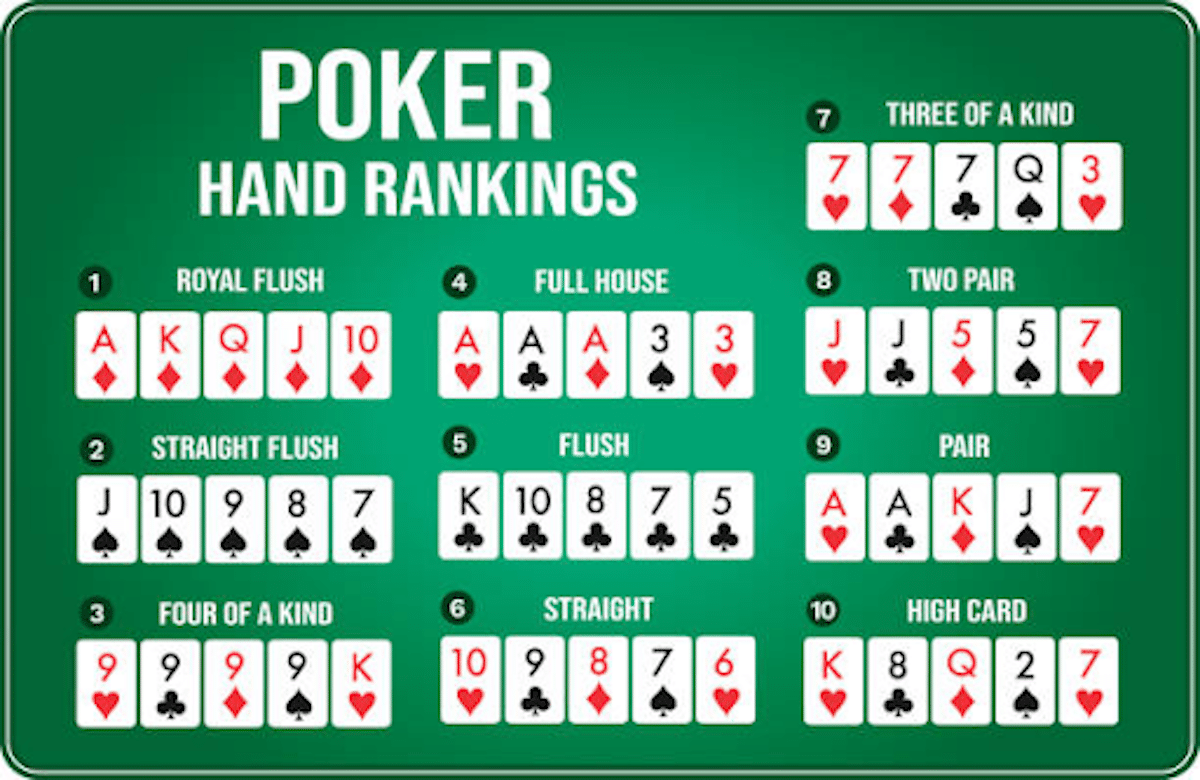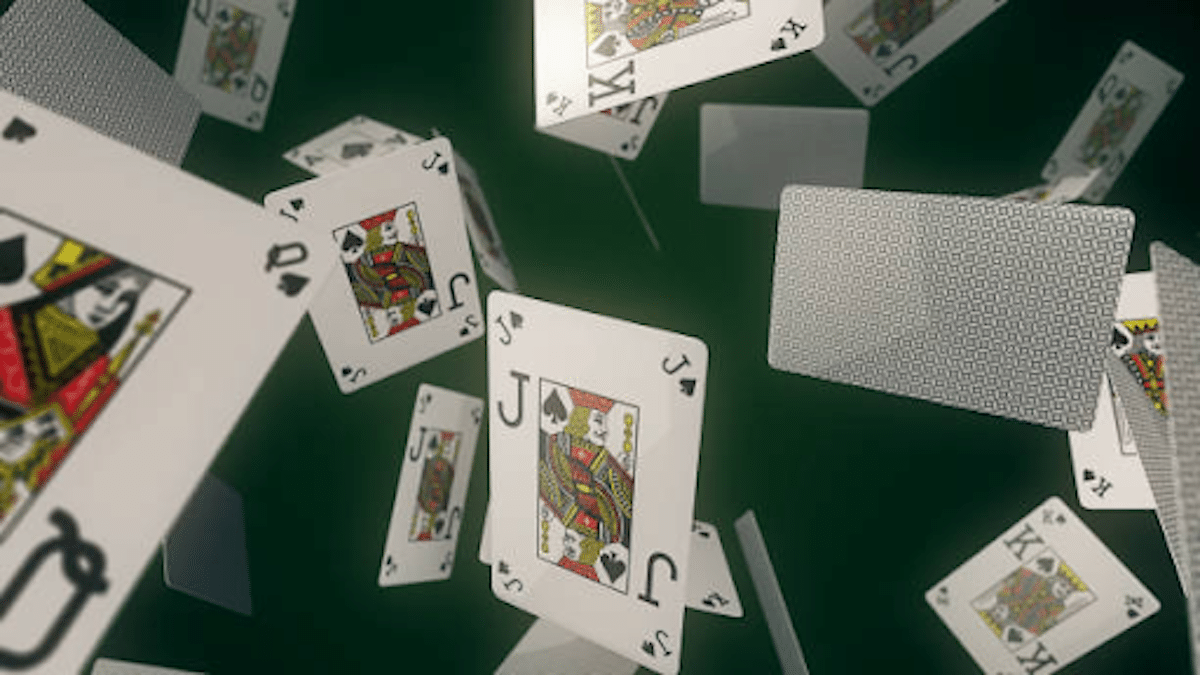Table of Contents
Whether you’re playing Texas Holdem, Omaha, or Stud, it’s important to understand the ranking of poker hands before sitting down at the table. Poker hand rankings determine who has won when two or more players have made their five-card combination from their hole cards and the community cards. So let’s review the different types of poker hands in order!
Photo by iStockphoto
1. Learn Your Poker Hands
The royal flush is the highest hand in poker and consists of an Ace, King, Queen, Jack, and ten, all from the same suit. This is a very rare hand that not many players will ever get to experience.
The second-best hand is the straight flush, which consists of five cards in a row from the same suit. While not as rare as the royal flush, it is still a very powerful hand and can win you some big pots.
Third on the list is the four of a kind, which involves having four cards with the same rank no matter what suits they are.
After that comes the full house, which consists of three cards with the same rank and two other cards that are also the same rank. Players with pocket pairs have a higher chance of making a full house than those without.
Next is the flush, which consists of five cards from the same suit regardless of order. Flushes are one of the more common strong hands.
Our sixth hand is the straight, which is five cards in a row regardless of suit. This hand can be tricky to make as it requires players to have the right cards on both their hole cards and the community cards.
The seventh-best hand is three of a kind and involves having three cards with the same rank.
In eighth place, we have two pair, which are two cards of the same rank, plus two other cards also of the same rank.
Ranking ninth is one pair, which consists of two cards with the same rank.
Finally, we come to our last hand on this list: the high card. This is when players do not make any of the above hands, and their highest card determines their poker hand strength.
For beginner players, we recommend having a poker hand rankings chart handy to help you memorize which hands are stronger than others.

2. Know Your Starting Hands
Now that we know all of the different types of poker hands, the next step is understanding which starting hands are best and which ones you should fold. Premium hands like big pairs (Aces, Kings, Queens, and Jacks) and high suited connectors (A-K suited, K-Q suited) should always be played, while smaller pairs and connectors will require more evaluation. Hands that are offsuit and have a large gap should always be folded, as the chances of making a winning hand are too low to justify playing these hands.
Factors that you should consider when deciding which hands to play our position and how much action there is at the table. Being in a late position gives you the opportunity to see what other players are doing before deciding if you want to enter the pot, which means you may be able to play a wider range of hands. If there is a lot of action, it may be better to be selective, as this could indicate that someone has a strong hand.
3. Practice Regularly
Just knowing your poker hands isn’t enough to win at the tables. You need to practice and play regularly to etch this knowledge into your brain and be able to make split-second decisions when playing.
Before playing at online poker real money tables, consider playing some free-money games to get familiar with the game first. Many online poker sites offer play money tables where you can practice your skills without risking any money. You should also be able to find freeroll tournaments at these sites. These tournaments require no entry fee while still offering you the chance to win real money prizes.
4. Which Hands to Semi-Bluff
Bluffing means betting or raising with a hand that you don’t think is the best in order to make your opponents fold their better hands and take down the pot. Semi-bluffing is a lot like bluffing, but instead of playing a weak hand, your hand has the potential to improve on future streets. Hands like flush draws and open-ended straight draws are all good hands to semi-bluff with because if you make your draw on the turn or river, you can still win the pot even if your opponent calls.
5. What to Do With a Strong Hand
If you have been dealt a strong hand, it is important to know how to play it. Most players will try to get as much value out of their strong hands by betting or raising. However, if your opponents are very cautious or tight, it may be wiser to check or call instead to trap them into making a bad call. Check-raising is a common tactic that involves checking with the intention to reraise if your opponent bets. This is a great way to get extra value out of your strong hands and potentially win more money.

Last Thoughts
Understanding the different types of poker hands and starting hands is essential for any aspiring player. Knowing which cards to play in certain situations will help you become more successful at the table. Furthermore, practicing regularly will help you become more familiar with the game and more prepared to make split-second decisions when playing. If you’re ready to start playing, head over to GGPoker, the world’s largest poker room, and sign up today!
Feature Photo by iStockphoto


